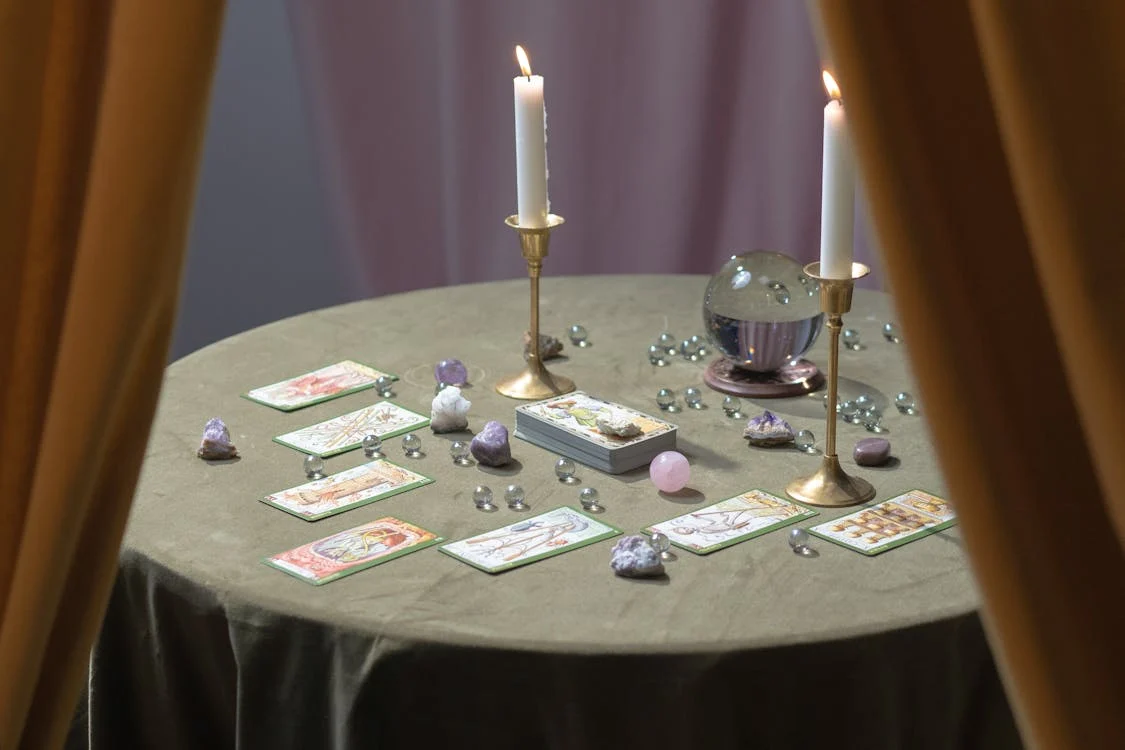Collecting quarters can be an exciting and potentially lucrative hobby. While many quarters are worth their face value, some rare varieties can fetch significant sums at auction. For new collectors looking to uncover hidden gems, this guide will provide essential tips on spotting the rarest quarters.
Understanding What Makes a Quarter Rare
Before diving into the specifics of rare quarters, it’s crucial to understand the factors that contribute to a quarter’s value:
- Rarity: The fewer coins produced or remaining, the higher their value.
- Mint Errors: Mistakes made during production can create unique and valuable coins.
- Historical Significance: Certain quarters commemorate important events or milestones in U.S. history.
- Condition: The state of preservation affects a coin’s market value; higher-grade coins are typically more valuable.
Key Rare Quarters to Look For
- 1796 Draped Bust Quarter
- One of the first quarters minted, with only about 6,146 produced. High-grade examples can be worth up to $1.74 million.
- 1916 Standing Liberty Quarter
- Known for its unique design and limited mintage of just 52,000 coins, this quarter can reach values of up to $100,000.
- 1932-D Washington Quarter
- 1976-D Bicentennial Quarter with No Mint Mark
- Extremely rare and valued at up to $55,000, this quarter lacks the typical mint mark found on most 1976-D coins.
- 1976-S Proof Quarter with Double Die Obverse
- This minting error is highly collectible and can be worth approximately $45,000.
Tips for Identifying Rare Quarters
1. Examine Mint Marks
- Check the reverse side of your quarters for mint marks (e.g., P for Philadelphia, D for Denver, S for San Francisco). Coins without mint marks or with specific mint marks may be rarer.
2. Look for Design Errors
- Inspect your quarters for any unusual features such as double stamps or clashed die errors. These mistakes can significantly increase a coin’s value.
3. Assess Condition Carefully
- Use a magnifying glass to evaluate the coin’s condition. Coins in pristine condition (often graded as MS-65 or higher) are generally more valuable.
4. Research Historical Context
- Understanding the history behind certain quarters can help you recognize their significance and potential value.
5. Consult Price Guides and Experts
- Utilize resources like current price guides and auction records to stay informed about market trends. Engaging with experienced collectors or professionals can provide invaluable insights.
Caring for Your Coin Collection
To maintain the value of your rare quarters:
- Store Properly: Keep your coins in protective holders or albums to prevent damage.
- Avoid Cleaning: Cleaning coins can reduce their value; handle them gently and avoid abrasive materials.
- Get Appraised: If you suspect you have a valuable coin, consider having it professionally appraised to understand its worth accurately.
Conclusion
Collecting rare quarters offers both enjoyment and the potential for financial gain. By understanding what makes certain quarters valuable and following these tips on identification and care, new collectors can embark on a rewarding journey in numismatics. Keep an eye out for those hidden gems in your change—your next valuable find could be just around the corner!

I’m passionate writer and digital content creator with a background in journalism. With a keen interest in exploring a wide range of topics—from technology to lifestyle and beyond—I bring fresh insights and thought-provoking commentary to the readers of Idegg.org. My curiosity and love for storytelling makes me a perfect fit for sharing the diverse, ever-evolving content the blog is known for.

